Play King’s Indian Structures Like Bobby Fischer

King’s Indian Defense is one of the most complex openings in chess. This is so because it can lead to many different pawn structures with various underlying tactical and strategical ideas. In this article, I would like to explore how the great Bobby Fischer treated the positions in the Mar del Plata variation of the King’s Indian.
In the Mar del Plata variation with 9.Nd2, arising after 1.d4 Nf6 2.c4 g6 3.Nc3 Bg7 4.e4 d6 5.Nf3 0-0 6.Be2 e5 7.0-0 Nc6 8.d5 Ne7, which has always been very popular, Fischer initially reacted with 9…c5:
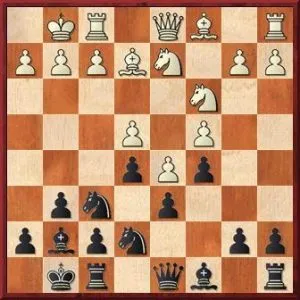
He considered this move to be the best one, as he wrote in the comments of his blitz game against Korchnoi from the Herceg Novi blitz tournament in 1970. He won that game in a great attacking fashion.
In the Candidates match against Bent Larsen Fischer again had to face the 9.Nd2 line and he reacted with the same move, 9…c5. Larsen improved on Korchnoi’s play and the game was dynamically balanced. The instructive moment happened in the following position:
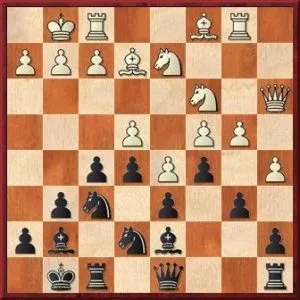
Black cannot really attack the kingside as White has removed the pieces from in front of the king and pushing …f4, …g5, etc. will take too long as there are no objects to attack. In the meantime, White has already established contact with Black’s queenside.
King’s Indian Defense – Part 1
What Fischer did was very typical of his understanding and preference in these structures. As we will see in his later games, he was not always hell-bent on an attack, but also took care not to remain with bad pieces. In the King’s Indian a bad piece can be the dark-squared bishop, so here Fischer played 15…Bh6, exerting indirect pressure on the e4-pawn by attacking the knight on d2 that defends it and at the same time developing the passive bishop.
It seems that Fischer was very fond of this move that represents a more positional treatment of this sharp line.
When he decided to return to chess, Fischer was set to play a match with Spassky in 1992. Before that match, in order to get himself back into shape, he played a training match with his friend, Grandmaster Svetozar Gligoric. Gligoric was a well-versed King’s Indian player for both sides and this opening featured heavily in their match.
The order of the games in that match is unknown, so it is difficult to say how Fischer’s choices evolved, but the first important distinction from his games in the 1970s was immediately on move 9. Now instead of his then-preferred 9…c5 he switched to 9…a5.
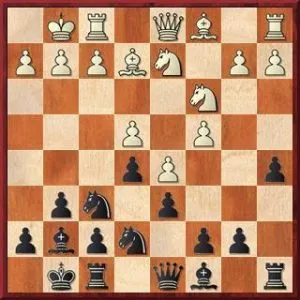
Curiously enough, this was the move that Kasparov also played when facing the 9.Nd2 variation throughout his career.
This position featured in 3 games of the Fischer-Gligoric match. After White’s 10.a3 Fischer’s choices were 10…Ne8 and 10…Bd7.
He played 10…Ne8 in one game. (Kasparov always preferred 10…Nd7 here, preventing the c5-push.) After 11.Rb1 f5 12.b4 Nf6 Gligoric played 13.f3 (though 13.c5 was also possible) and here we come again to Fischer’s preferred treatment.
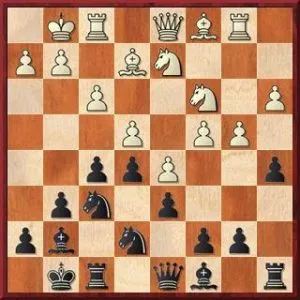
Fischer played 13…Bh6, activating the dark-squared bishop, exactly like in his game with Larsen.
King’s Indian Defense – Part 2
In the 2 remaining games, Fischer played 10…Bd7.
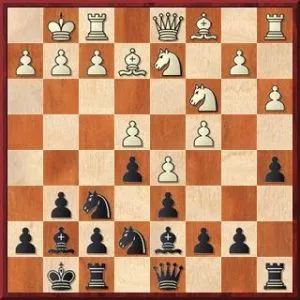
Again this is the more positional move, the immediate threat is …a4, which would fix White’s queenside and prevent the expansion with b4. White’s move is therefore forced, 11.b3, which prevents …a4 and still intends to play Rb1 followed by b4.
Now we can see another characteristic reaction by Fischer. Instead of the more common moves 11…Ne8 or even 11…Nc8 (which intends to place the knight on b6, to have the idea of …Na4 at his disposal), he chose the move 11…c5, mixing his reaction from the 1970s with the one from the 1990s. As we can see, he was very keen to control White’s queenside play.
Now the games diverged. In one game Gligoric played 12.Bb2 and here Fischer employed his favorite maneuver 12…Bh6, activating the dark-squared bishop.
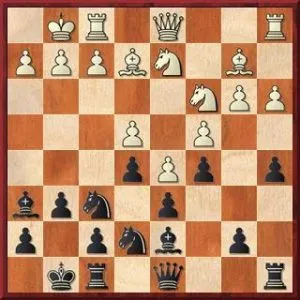
In the other game, Gligoric played the more natural move 12.Rb1, which attempts to push b4 and continue with the typical queenside play. Fischer replied with 12…b6, strengthening the queenside, a move he would inevitably have to play after White pushes b4.
After 13.b4 ab 14.ab we arrive at the position where again Fischer’s choice is positionally inclined:
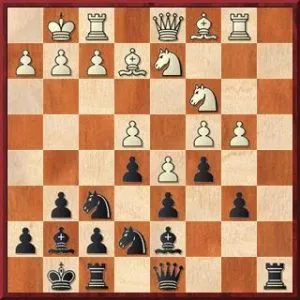
You probably guessed it by now, Fischer played 14…Bh6. After an exchange on c5 and a subsequent Nb3, he managed to exchange the dark-squared bishops and his position was strategically sound without bad pieces, especially as he found a good spot for the knight on e7 on b6 (getting it there via c8), to exert pressure on the c4-pawn.
When a certain plan, move, or idea is happening more than once it cannot be a coincidence. This repetition shows a player’s clear preference for that plan, move, or idea, which reveals a lot about that player’s style, way of thinking, and chess understanding.
Here are the games:
The games we explored above are no exception. We consistently saw how when given a choice Fischer always selected to treat these King’s Indian positions in a certain manner: he wanted to control White’s queenside expansion (perhaps he was not very comfortable in the game with Larsen where White expanded on the queenside very quickly) and he also wanted to play a position without the risk of ending up with a bad dark-squared bishop, hence his preference for the …Bh6 idea at the first available opportunity.
It is always very instructive to study the games of the great champions and very often in this study one can reveal a type of preference these players had. Personally, this discovery of Fischer’s preferences was quite eye-opening, as it revealed to me that he was very positionally inclined even in such a sharp and attacking-minded opening like the King’s Indian.
I have always considered (and played it in that manner) the King’s Indian to be a very dynamic opening that needs to be played with a very aggressive mindset, always looking for the attack and going forward, but looking at Fischer’s game I discovered for myself a completely new approach to this opening. Perhaps it has also helped you see the King’s Indian in a new light, in which case this article had done its job!
Looking for more on King’s Indian Defense? Look at 6 Best Games on It and Surprising Your Opponents in This Opening.
We also recommend reviewing Fighting the Benoni: The Remarkable Nh5 Idea.
Good luck!
Learn King’s Indian Defense with GM Marian Petrov!
Learn how to destroy 1.d4 in the unstoppable attacking style of Kasparov and Fischer… without having to remember hundreds of long variations. GM Petrov makes sure you’re tournament-ready in just 10 hours – even if you’ve never played the King’s Indian before.



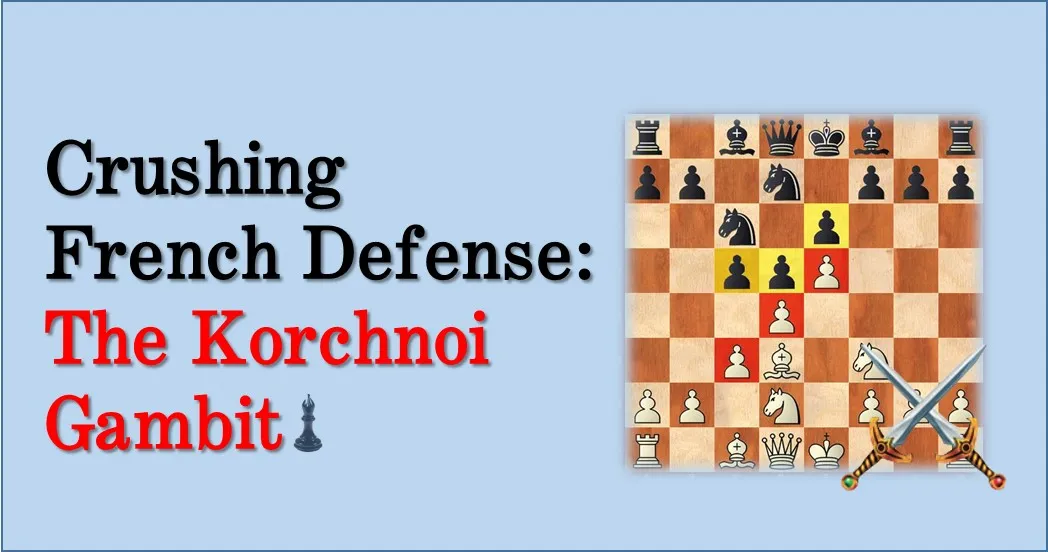
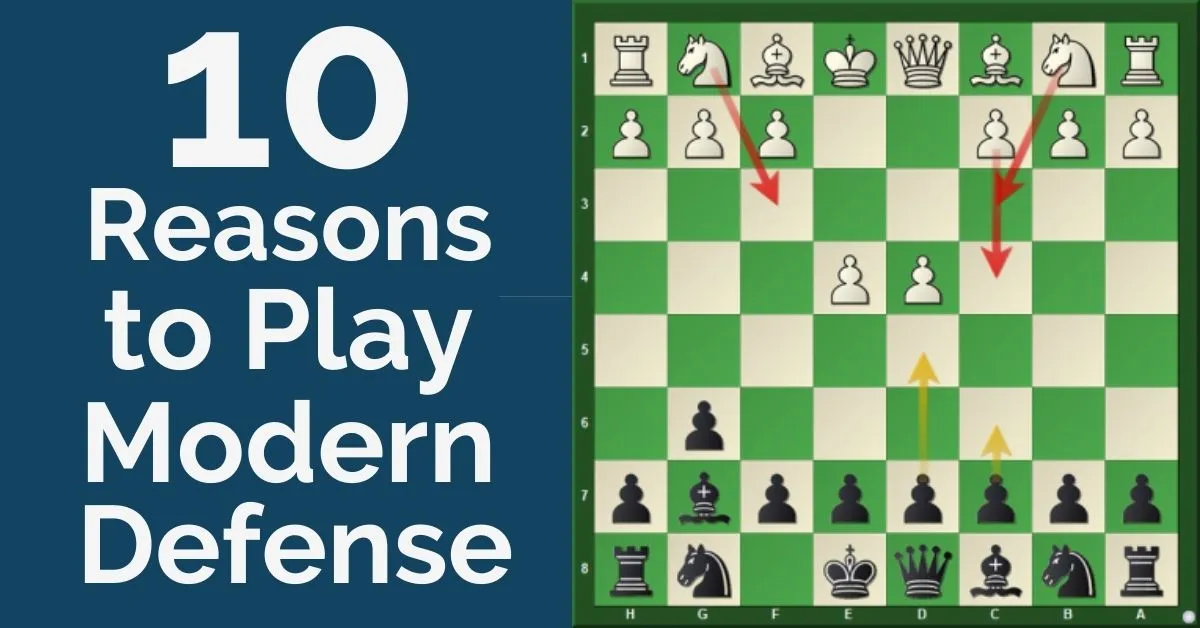
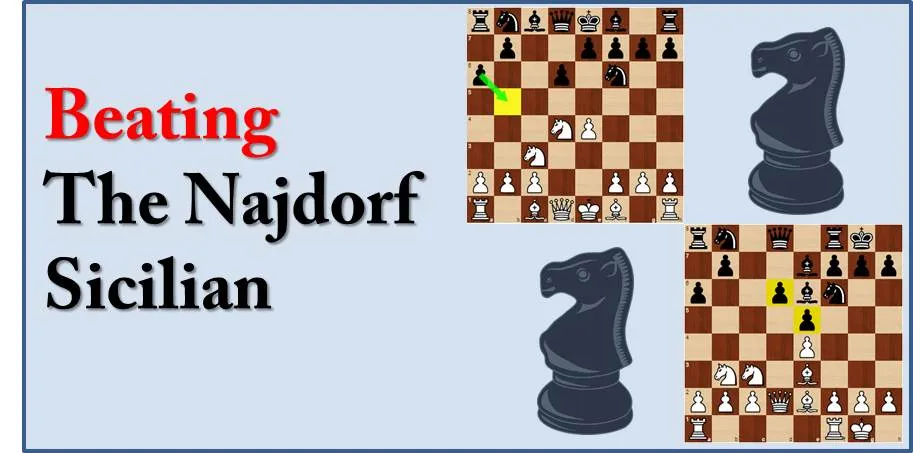




Comments: